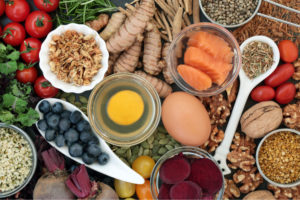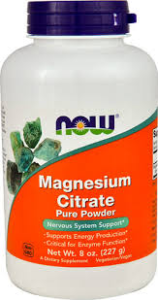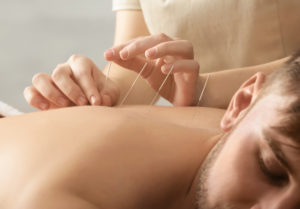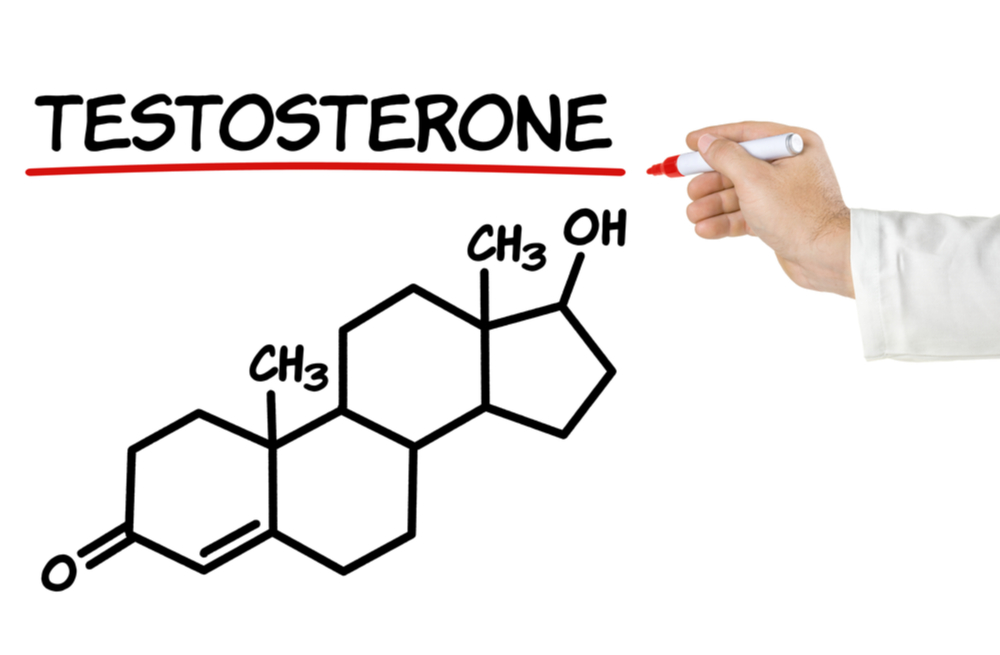Valentine’s Day is just around the corner and often, it has us thinking about hormones. The most important hormone for health, vitality, body composition, and libido for both men and women is testosterone. Low testosterone can lead to fat gain, muscle loss, physical weakness, lowered sex drive, and disrupted sleep cycles. Fortunately, raising testosterone levels can be done by anyone willing to implore a few simple steps.
1. Lift Heavy Weights and Sprint
Lifting heavy weights and sprinting are both well known for their ability to produce a rise in acute testosterone levels. These exercises spike testosterone and other hormones that are used for tissue repair. The most effective exercises appear to be the major multi-joint lifts such as squats, lunges, deadlift, and pull-ups. Training volume is key, with workouts exceeding lactate threshold producing greater amounts of testosterone and metabolic enzymes.
Tip: I would advise sprinting at least twice a week, along with your strength-training exercises.
2. Whole food diet, high fat, low carb
Low testosterone has been linked to diets high in processed carbohydrates and soy and low in fat. The low fat diets of the previous century left a generation of males deficient in the key ingredient needed to produce testosterone. Likewise, men and women of today are seeing that a diet high in processed carbohydrates lower testosterone based on how the body processes insulin. When carbs are ingested, insulin is released. After insulin is released, the body produces aromatase which causes testosterone to be broken down into estrogen. This can create a massive hormone imbalance further increasing fat gain and obesity.
Tip: Eliminate all processed foods and increase your intake of meat, eggs, nuts, and vegetables. Fat intake should come mostly from olives, coconuts, seafood, avocados, and nuts. Additionally add 1-2 tablespoons of fish or flax oil each day to ensure you are getting enough healthy fat for proper testosterone production.
3. Vary your protein sources
Animal protein sources help to produce testosterone by providing essential nutrients and vitamins needed for hormone production. It is important to vary your animal protein sources to take advantage of the diversity of the micronutrients found in them. Zinc can be found in high amounts in seafood and is useful for not only producing testosterone but also growth hormones. Zinc has also been related to reducing prostate cancer in men and breast cancer in women. Selenium, copper, and vitamin D are found in various amounts in different animal meats. Avoid getting in the habit of eating the same protein source because of the risk of becoming deficient in one or more micronutrients.
Tip: Seafood, shellfish, eggs, and beef are all great sources of vitamins and micronutrients. However, do not forget about organ meats like calf liver on occasion as they can provide a fantastic boost of what is most needed for testosterone production.
4. Take a walk
Walking, prayer, meditation, or other ways to reduce stress are often overlooked as an important testosterone producing tool. When stress levels rise, cortisol levels rise. Cortisol and testosterone have opposing effects. Cortisol degrades muscle mass and increases fat storage. Cortisol depresses the immune system and increases the speed of the aging process.
Tip: Schedule your daily downtime just like you schedule your daily workout. Do not skip this important step in enhancing your hormone production.
5. Use time to your advantage
Your biological clock is unique to you. If you are a morning person, then your body will produce hormones best when you get up early and go to bed early. If you are a night owl, your hormones will be optimally produced when you sleep in. Likewise, activities associated with testosterone can be timed for best performance and results. If you are suffering from low testosterone, use this schedule to minimize the effects of low hormone production.
9am–Sex: Testoserone peaks at this time making it an ideal time for sexual activity. Both men and women need testosterone for optimal libido levels and sexual performance.
4pm–Strength training: Testosterone warms the body to a peak body temp between 2:30pm and 6:00pm making this an ideal time to work out. When the body is warm, injuries during training are minimized and performance is enhanced.
5pm–Eat Protein: Protein synthesis occurs at its highest rate around this time each day. Training immediately before this and eating a high protein meal during the early evening increases muscle gains and speeds up injury healing.
Tip: The worst time to eat is just prior to bed as it disrupts your next day’s morning testosterone production.
6. Take magnesium
 When it comes to vitamins and nutrients for sports performance enhancement magnesium is high on the list. It’s dual action of acting as an inflammation reducer and enhancing testosterone production after exercise makes it a must for any athlete who risks overtraining. Low magnesium levels have been associated with testosterone deficiency and higher fat percentages in men. While in women, it has been shown to also increase body fat and disrupt the more delicate female hormone cycles.
When it comes to vitamins and nutrients for sports performance enhancement magnesium is high on the list. It’s dual action of acting as an inflammation reducer and enhancing testosterone production after exercise makes it a must for any athlete who risks overtraining. Low magnesium levels have been associated with testosterone deficiency and higher fat percentages in men. While in women, it has been shown to also increase body fat and disrupt the more delicate female hormone cycles.
Tip: Find magnesium in leafy greens, nuts, avocados, fish, and beans. Those who find themselves training hard or under prolonged periods of stress may find taking a magnesium supplement to be very helpful.
7. Get some vitamin-D
Vitamin-D is essential for optimal testosterone levels as it is a major inhibitor of aromatization of testosterone into estrogen. This process occurs at a greater rate in aging men creating an imbalance of testosterone and estrogen. Secondly, vitamin-D enhances the release of testosterone by increasing the sensitivity of the receptors in the androgen cells.
Tip: Studies show that a consistent regiment of Vitamin-D supplementation of 1,000-5,000 IUs of Vitmain-D daily can improve testosterone by 20% with men over the age of 40 who previously had low testosterone levels. Because Vitamin-D is mostly made from our skin’s reaction to sunlight, Vitamin-D levels are the lowest on average from January through May in North America. Supplementation during this time period is highly recommended.
8. Try L-arginine
L-arginine is an amino acid that not only can improve testosterone levels, but it also can help fight some of the common symptoms of low testosterone. L-Arginine is converted in the body into a chemical called Nitric Oxide. Nitric Oxide causes blood vessels to open wider for improved blood flow. L-arginine also stimulates the release of growth hormone, insulin, and other substances in the body.
L-arginine can be obtained from the diet and be found in red meat, poultry, fish, and dairy products. When used as a supplement, large amounts of L-Arginine can improve conditions related to heart and blood vessels. This includes congestive heart failure (CHF), chest pain, high blood pressure, and coronary artery disease. L-arginine is also used for recurrent pain in the legs due to blocked arteries (intermittent claudication), decreased mental capacity in the elderly (senile dementia), erectile dysfunction (ED), and male infertility.
L-arginine is not just a male supplement. Women report enhanced fat loss, improved blood flow to extremities, and increased libido when taking L-arginine.
Tip: Try taking a dose of 2-6g of L-arginine in the morning, before and after a workout, and/or before sexual activity.
9. Food to the rescue
As stated earlier, the processed foods found in many American diets robs the body of testosterone. Some foods can greatly improve testosterone levels and the many symptoms associated with low testosterone.
- Eggs–high in Vitamin-D (see above) and good cholesterol which is needed for testosterone production. The yolk particularly is high in good cholesterol, so do not skip the yolk.
- Oysters–high in zinc (see above). Oysters for centuries have been known to increase libido and virility.
- Beans–white, kidney, and black beans are all high in zinc and Vitamin-D.
- Garlic–helps to lower cortisol, the stress hormone. Cortisol competes with testosterone and can disrupt hormone patterns.
- Honey–also helps to produce nitric oxide, opening up blood vessels to the extremities, muscles, and more. Four teaspoons of honey can increase nitric oxide by 50%.
Tip: Look to increase the above foods into your daily dietary plan.
10. Acupuncture
Acupuncture is not good at raising testosterone levels directly, but it can help optimize the body’s environment for hormone production. Stress reduction, digestive problems, sleep disorders, etc. are all commonly improved by acupuncture. Hormone production is tied to the these systems operating properly and acupuncture can be a secret weapon in helping to improve the normal operations of these systems.
Tip: Give acupuncture a try. 2-4 sessions of acupuncture can make a major difference when combined with other lifestyle changes.
Raising testosterone with a multi-faceted approach is your best bet to aid in optimizing your health.
If you have any questions or need help formulating a specific strategy for yourself, please contact our office or speak with our staff on your next visit.
Take advantage of 10% off Fish and Flax Oils, Magnesium, Vitamin-D, and L-arginine this week and jump start your testosterone production.

Daryl C. Rich, D.C., C.S.C.S.






